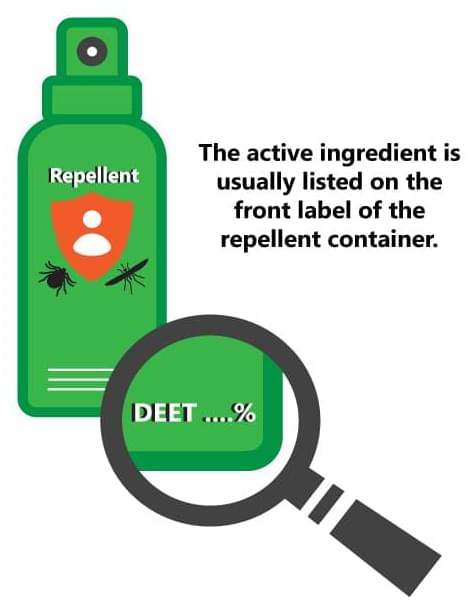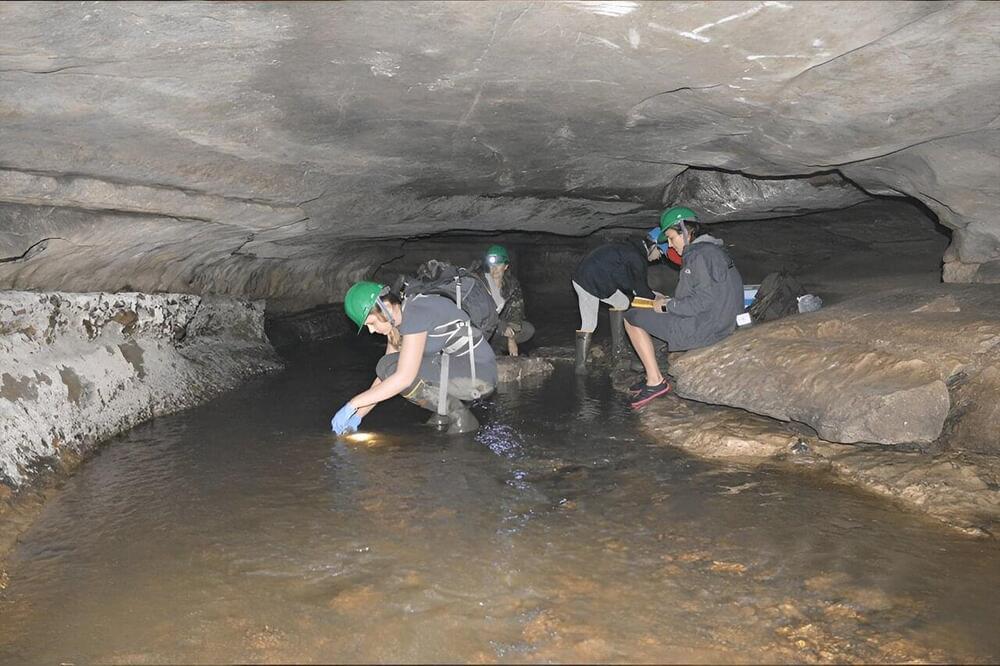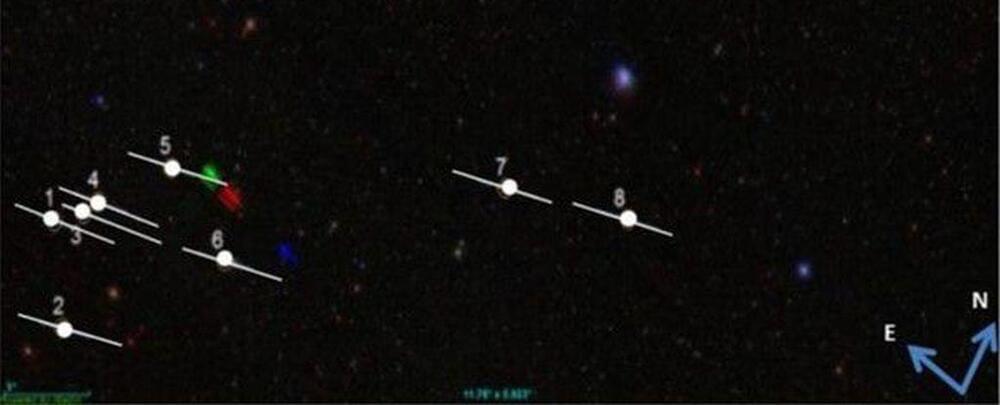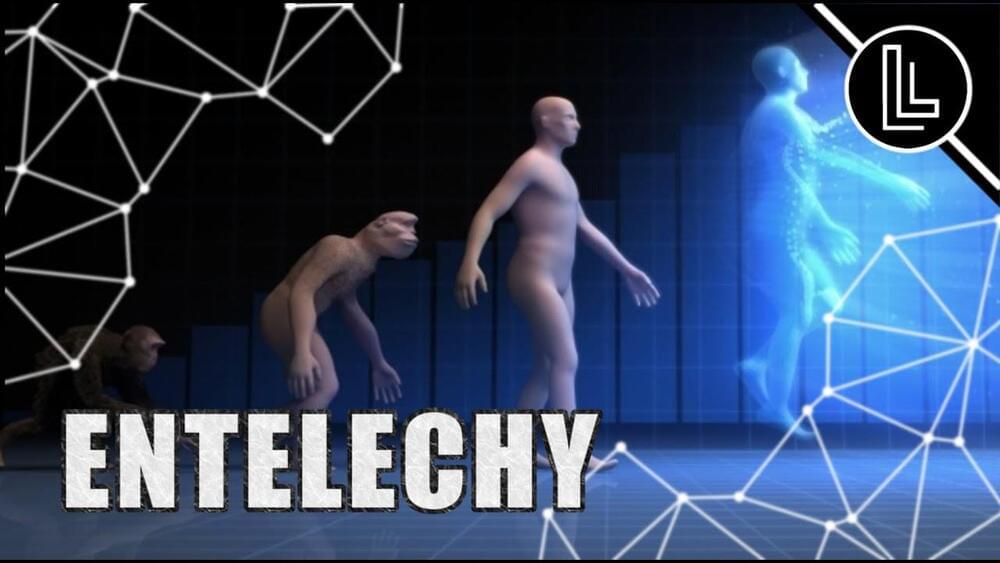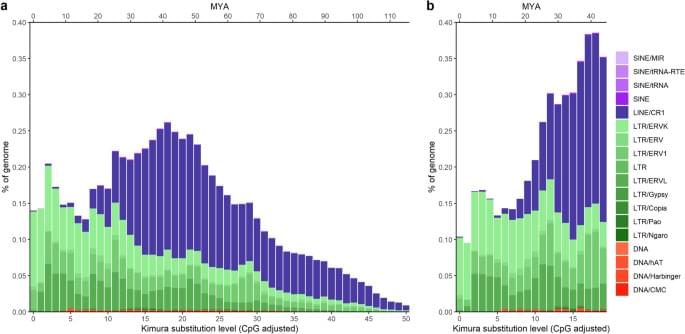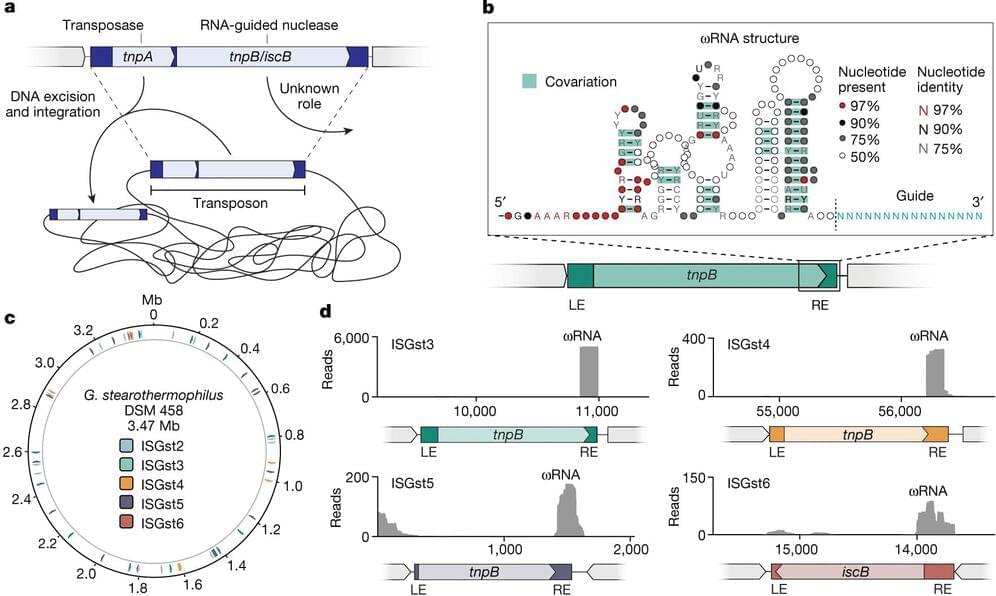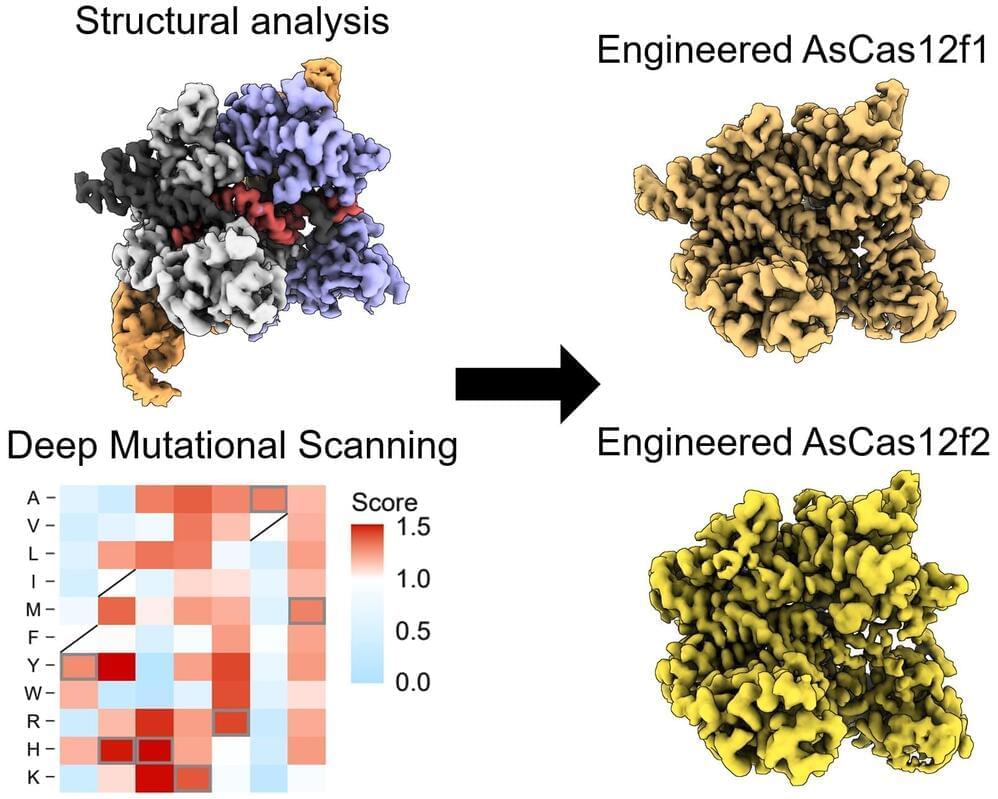Page 2582
Sep 30, 2023
Insilico uses Microsoft’s BioGPT to find targets for aging and disease
Posted by Shubham Ghosh Roy in categories: biotech/medical, life extension, robotics/AI
Insilico Medicine, a clinical-stage generative AI-driven drug discovery company has announced that the company has used Microsoft BioGPT to identify targets against both the aging process and major age-related diseases.
Longevity. Technology: ChatGPT – the AI chatbot – can craft poems, write webcode and plan holidays. Large language models (LLMs) are the cornerstone of chatbots like GPT-4; trained on vast amounts of text data, they have been contributing to advances in diverse fields including literature, art and science – but their potential in the complex realms of biology and genomics has yet to be fully unlocked.
Sep 30, 2023
Promising malaria vaccine clears clinical hurdle, could get WHO endorsement next week
Posted by Robin Indeededo in category: biotech/medical
Sep 30, 2023
Researchers find high concentrations of microplastics in cave water and sediment
Posted by Ron Gowans-Savage in category: futurism
In two recent papers, Saint Louis University researchers report finding high concentrations of microplastics present in a Missouri cave system that had been closed to human visitors for 30 years.
Elizabeth Hasenmueller, Ph.D., associate professor of Earth and Atmospheric Sciences and associate director of the WATER Institute at SLU, and her team published findings in the journals, Science of the Total Environment and Water Research, finding significant microplastic levels in Cliff Cave in Saint Louis County, Missouri.
The research, which originated from Hasenmueller’s research group and Karst Hydrology class, allowed students on the team to participate in field research and publish their findings.
Sep 30, 2023
We May Have Just Found Evidence of a Cosmic String: a ‘Crease’ in The Universe
Posted by Ron Gowans-Savage in categories: physics, space
A strange pair of galaxies several billion light-years away could be evidence of a hypothetical ‘crease’ in the Universe’s fabric known as a cosmic string.
According to an analysis of the properties of the pair, the two galaxies may not be distinct objects, but a duplicate image caused by a trick of the light. And the reason the light is duplicated could be because of a scar in the space between us and the galaxy, creating a gravitational lens.
A paper describing this cosmic string candidate, led by Margarita Safonova of the Indian Institute of Astrophysics, has been accepted in the Bulletin de la Société Royale des Sciences de Liège, and is available on preprint server arXiv.
Sep 30, 2023
Futurism, Life-Extension, & Transhumanism (Q&A)
Posted by Dan Breeden in category: transhumanism
Sep 30, 2023
The blackcap (Sylvia atricapilla) genome reveals a recent accumulation of LTR retrotransposons
Posted by Dan Breeden in categories: biotech/medical, evolution, genetics
The effect of a TE on its host can be classified analogous to the effect of point mutations. In the majority of cases, the consequences of a TE their activity (transposition to a new genomic site) is either neutral or deleterious. The latter occurs, when TEs disrupt genes and their functions, or when, they trigger de-novo genomic instability by transposition or TE-mediated chromosomal rearrangements, which can lead to disease1, 3. TEs can occasionally have a positive impact on the host genome, for example, by impacting gene regulatory networks. In the British peppered moth (Biston betularia), a TE inserted within the first intron of the cortex gene, resulted in increased transcription levels, subsequently affecting cell cycle regulation during wing-disc development through the amount of cortex protein product, resulting in the iconic melanic form4. However, more research is needed to understand these different evolutionary impacts that TEs can have when interacting with their host genome.
The increased accessibility to high throughput sequencing technologies has greatly increased our ability to analyse genetic differences caused by changes at the nucleotide level, and patterns of natural selection on coding sequences, and simultaneously allowed us to disentangle phenotypic differences at the nucleotide level. Mounting evidence has started to shed light on non-coding regions having important effects on genomic variation3. While TEs can be found in the genomes of virtually all organisms, large proportions of TEs are often absent from reference genomes, as their repetitive nature impedes their assembly and can result in collapsed regions within the reference genome2, 5. These difficulties have led to an increased demand for reference genomes that are of a higher quality and are more complete. More importantly, a new demand for high-quality annotations of non-coding regions in reference genomes has surfaced. Annotations of non-coding regions are imperative to study the evolution of these regions between and within species. Improvements in sequencing techniques, especially the addition of long-read sequencing, and improved bioinformatic analytical tools are resulting in the assembly of increasingly gapless reference genomes, enabling the curation of high-quality TE annotations.
The current efforts of large consortia, such as the VGP6 and the B10K7 to create high-quality references for a wide variety of organisms provide invaluable data to improve our endeavours for a better understanding of TEs. With these new resources we can take our research into TEs and their effects on host genomes further, for example, to better understand the evolution of complex traits across phylogenomic scales. One such a complex trait is seasonal bird migration and recent research across a migratory divide in willow warblers identified a diagnostic TE correlated with migratory direction8. Here we focus on the Eurasian blackcap (Sylvia atricapilla), another iconic model species for bird migration, and consequently, the resource published here may be able to add insight to the quest to resolve the genetic background of migratory behaviour.
Sep 30, 2023
Examining the genesis of CRISPR’s molecular scissors
Posted by Dan Breeden in categories: bioengineering, biotech/medical
Genome engineering may be the future of medicine, but it relies on evolutionary advances made billions of years ago in primordial bacteria, the original masters of gene editing.
Modern day genome engineers like Columbia’s Sam Sternberg are always looking forward, modifying these ancient systems and pushing them to perform ever more complex feats of gene editing.
But to uncover new tools, it sometimes pays to look backward in time to understand how bacteria first created the original systems, and why.
Sep 30, 2023
John Carmack foresees a breakthrough in artificial general intelligence by 2030
Posted by Dan Breeden in categories: innovation, robotics/AI
Forward-looking: While AI has been at the forefront of most tech industry conversations this year, the new wave of generative AI is still far off the concept of an artificial general intelligence (AGI). However, legendary developer John Carmack believes such a technology will be shown off sometime around 2030.
Carmack, of course, is best known as the co-founder of id Software and lead programmer of Wolfenstein 3D, Doom, and Quake. He left Oculus in December last year to focus on Keen Technologies, his new AGI startup.
In an announcement video (via The Reg) revealing that Keen has hired Richard Sutton, chief scientific advisor at the Alberta Machine Intelligence Institute, Carmack said the new hire was ideally positioned to work on AGI.
Sep 30, 2023
Newly engineered CRISPR enzyme for editing DNA could improve patient treatment
Posted by Dan Breeden in categories: bioengineering, biotech/medical, food, genetics
A new CRISPR-based gene-editing tool has been developed which could lead to better treatments for patients with genetic disorders. The tool is an enzyme, AsCas12f, which has been modified to offer the same effectiveness but at one-third the size of the Cas9 enzyme commonly used for gene editing. The compact size means that more of it can be packed into carrier viruses and delivered into living cells, making it more efficient.
Researchers created a library of possible AsCas12f mutations and then combined selected ones to engineer an AsCas12f enzyme with 10 times more editing ability than the original unmutated type. This engineered AsCas12f has already been successfully tested in mice and has the potential to be used for new, more effective treatments for patients in the future.
By now you have probably heard of CRISPR, the gene-editing tool which enables researchers to replace and alter segments of DNA. Like genetic tailors, scientists have been experimenting with “snipping away” the genes that make mosquitoes malaria carriers, altering food crops to be more nutritious and delicious, and in recent years begun human trials to overcome some of the most challenging diseases and genetic disorders.
